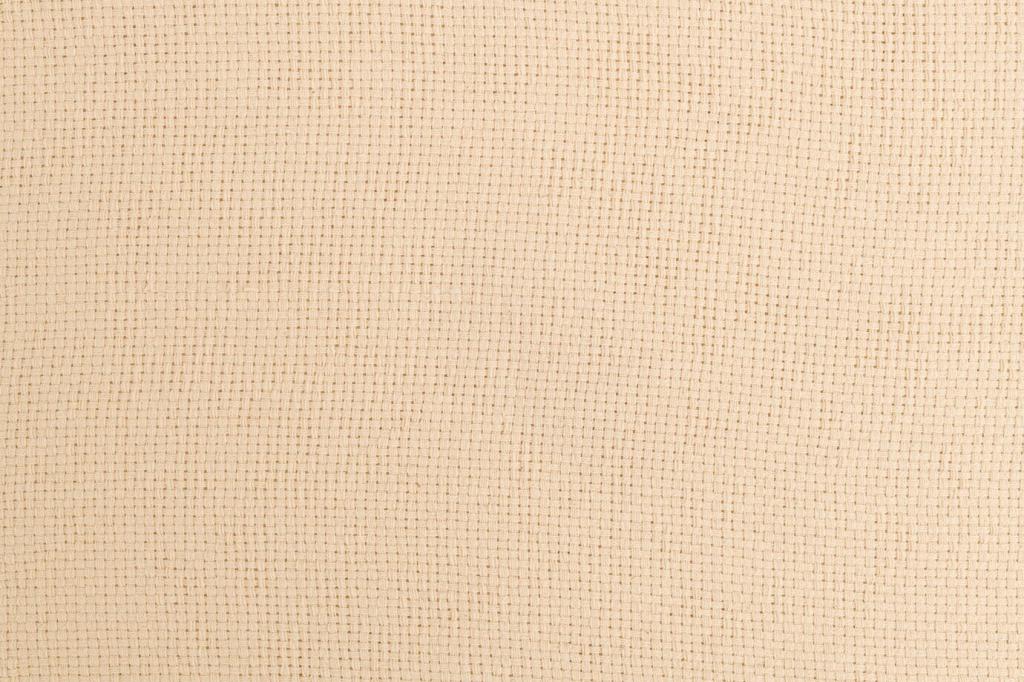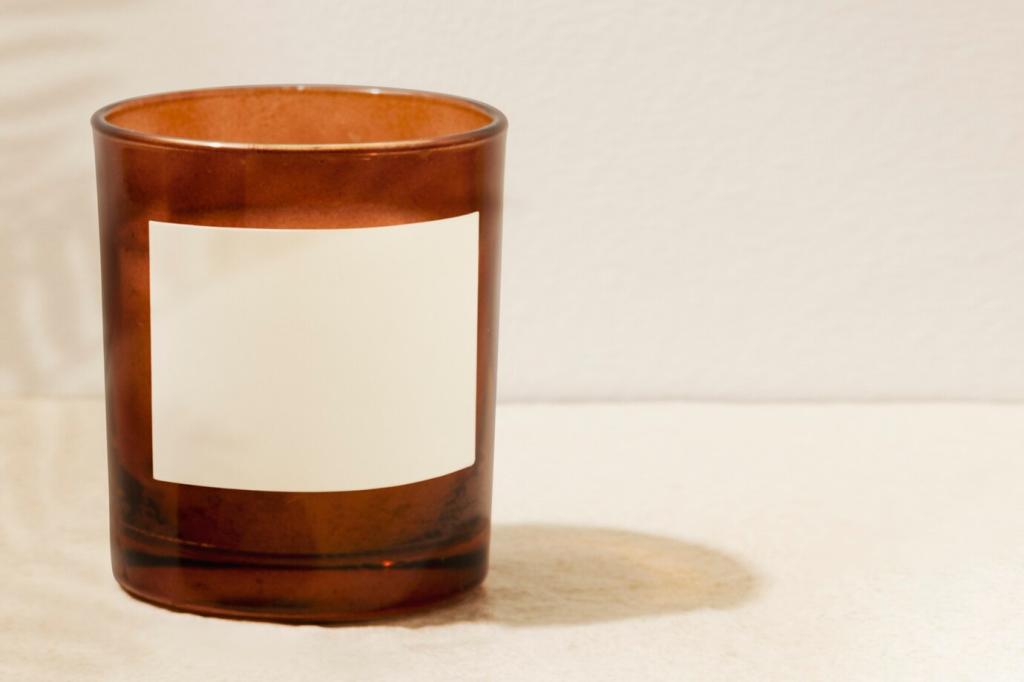DIY: Start Your Biodegradable Furniture Project
Combine reclaimed wood, cork sheets, hemp fiber mats, and casein or starch-based binders from craft suppliers. Verify ingredients, avoid synthetic fillers, and keep a material journal detailing sources, finishes, and intended composting conditions for future reference.
DIY: Start Your Biodegradable Furniture Project
Blend linseed oil with citrus d-limonene, or use beeswax and carnauba mixtures. Apply thin coats, buff patiently, and let fibers move. These breathable finishes age gracefully and support safer breakdown at the end of the furniture’s lifespan.
DIY: Start Your Biodegradable Furniture Project
Post progress photos, publish your bill of materials, and invite feedback on joinery or finishes. Ask questions in the comments, and subscribe for templates, cut lists, and a printable end-of-life plan you can attach under your seat.







